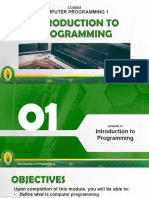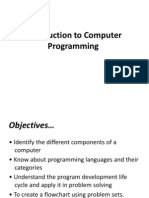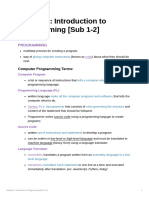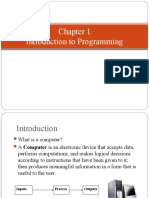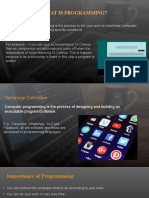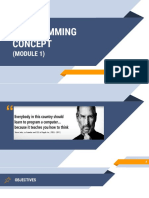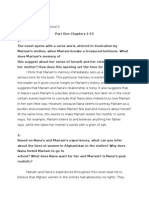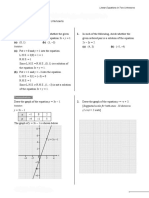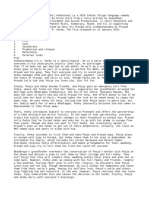0% found this document useful (0 votes)
28 views10 pagesAn Overview of Computers and Programming Languages
Uploaded by
DAKSICopyright
© © All Rights Reserved
We take content rights seriously. If you suspect this is your content, claim it here.
Available Formats
Download as PPTX, PDF, TXT or read online on Scribd
0% found this document useful (0 votes)
28 views10 pagesAn Overview of Computers and Programming Languages
Uploaded by
DAKSICopyright
© © All Rights Reserved
We take content rights seriously. If you suspect this is your content, claim it here.
Available Formats
Download as PPTX, PDF, TXT or read online on Scribd
/ 10






